Foot pain after walking for a while? Shoes feel tighter over time? No discomfort in the morning, but aching and swelling by evening?
Don’t ignore these signs — they may be early warnings of fallen arches quietly developing!
According to data, over 30% of people have some degree of arch abnormality, yet it's often mistaken for “uncomfortable shoes” or “just part of aging.” However, early detection and accurate assessment are the first steps in preventing flat feet, plantar fasciitis, or even knee and ankle strain.
Today, let's explore the pros and cons of the two most common arch detection methods: 3D plantar laser scanning vs. traditional X-ray imaging.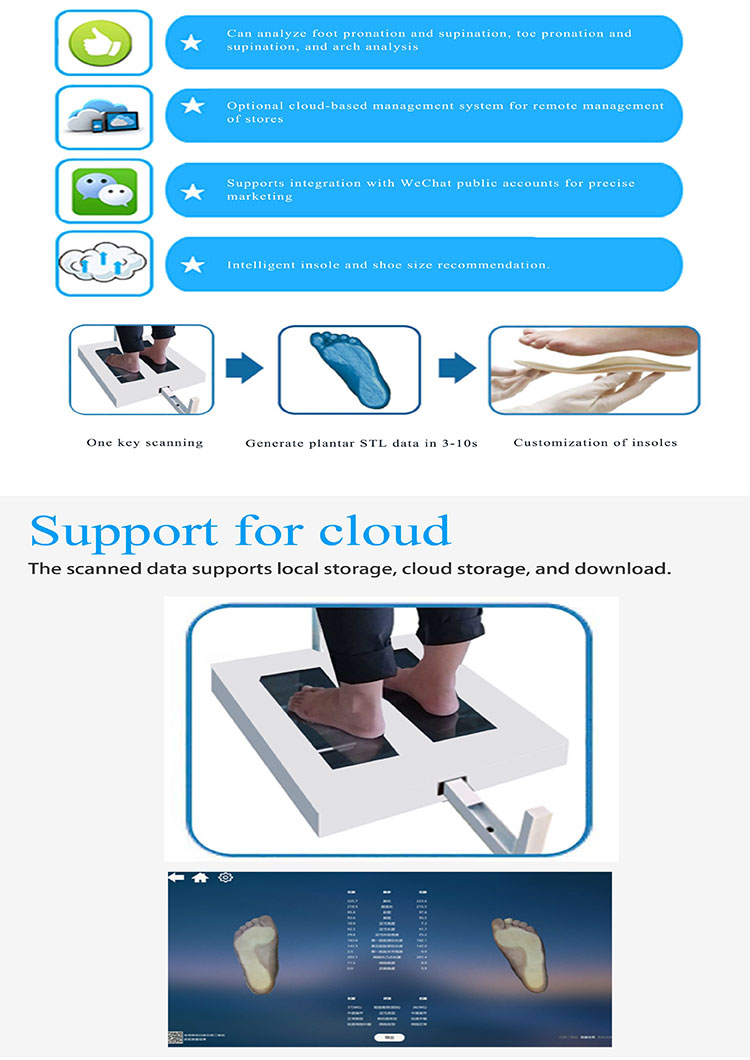
1. Traditional X-ray Imaging: Clear View of Bones, But Limited Dynamics
X-ray is one of the most commonly used methods in hospitals for arch assessment. It clearly shows the foot's skeletal structure, allowing doctors to evaluate indicators like medial arch height, heel angle, and metatarsal alignment to determine if there is a collapse.
Pros:
Clearly reveals bone abnormalities
Ideal for diagnosing severe flat feet, fractures, or structural deformities
Cons:
Cannot show soft tissue condition or dynamic pressure distribution
Performed in a static standing position, not representative of real walking posture
Involves radiation, making it unsuitable for frequent use or for children
2. 3D Plantar Laser Scanning: A Comprehensive “Visual Arch Profile”
3D plantar laser scanning is a cutting-edge technology gaining popularity in rehabilitation and sports medicine. It uses high-precision lasers to create a 3D model of the foot and analyze static data, generating a full foot profile in just seconds.
Pros:
Captures multi-dimensional data such as foot length, width, and arch height
Non-contact and radiation-free, making it ideal for children, pregnant women, and seniors
Excellent for customizing orthotic insoles or arch support devices
Cons:
Does not directly visualize bones; better for functional analysis, not for diagnosing bone disease
Accuracy depends on equipment quality and operator skill
3. Practical Advice: Combined Testing Offers the Best Insight
For the general population or those experiencing foot fatigue, 3D laser scanning is the recommended first step — it’s safe and can detect early signs of arch collapse. For individuals with chronic foot pain or a history of bone disorders, a combination of X-ray and laser scanning provides a more complete diagnostic picture.
Example: A 30-year-old office worker reported severe foot fatigue. A 3D scan showed significant medial arch collapse but no apparent bone abnormalities. With custom orthotic insoles and gait correction, her foot discomfort improved significantly — without the need for X-rays.

 +86-0755-86131192
+86-0755-86131192 2025-05-19
2025-05-19 Back to list
Back to list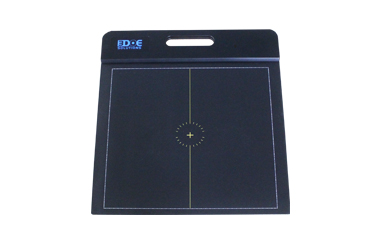
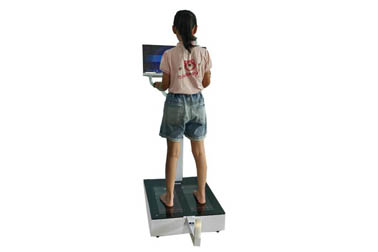
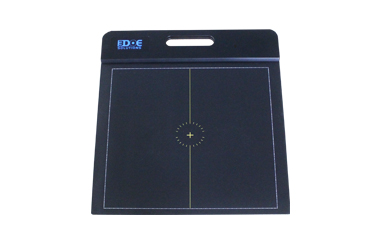
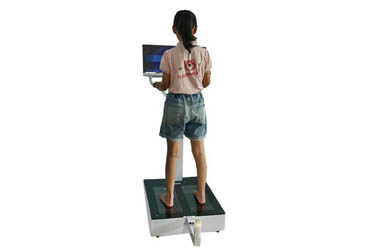
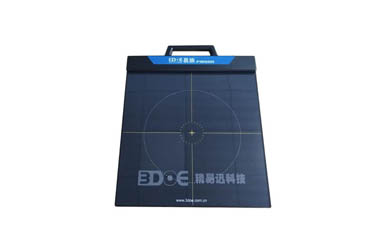
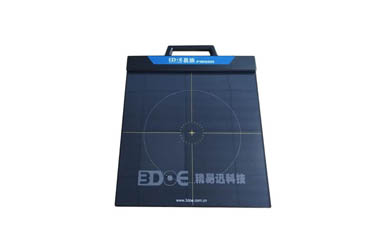



 +86-0755-86131192
+86-0755-86131192